After a crash course in dive tending, I've become much more confident in my responsibilities as a tender. In the past two days, I've gone out on the water with the divers 3 times in the zodiac as they've been collecting specimens for their study.
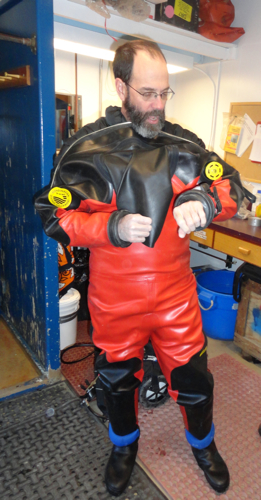
When Dr. Amsler and his team go diving, there are two divers in the water at a time. They have a very specific protocol for safety and all of them have a great deal of experience diving. As a tender, I am one of two people on the zodiac. One person drives the zodiac and the other helps the divers getting into and out of the water and also helps them with their gear. Dive tenders are also responsible for keeping the zodiac as close to the divers' bubbles as possible in case they need to come out of the water quickly. The primary reason this would happen is if we see a leopard seal in the water. Leopard seals are solitary ambush predators; they can be as long as twelve feet and can be aggressive. If the tenders see a leopard seal, they put a horn under the water and turn it on for about 30 seconds to alert the divers. The driver of the zodiac positions the boat in a way that the divers can get to it safely and quickly to get out of the water. Another responsibility as a tender is to call in to the station on the radio to let the communications operator ("comms") know where we are. I call in as we leave the station to tell comms where we are going. Once we arrive at our destination (usually just off an island) I call in again to let them know we've arrived. I call in yet again to let them know the divers are in the water. The same process happens in reverse too. When the divers come out of the water I call, when we start heading home I call, and when we get home I call. All of this goes back to safety; if for some reason we need help on the water, it's important for people to know where we are at all times.
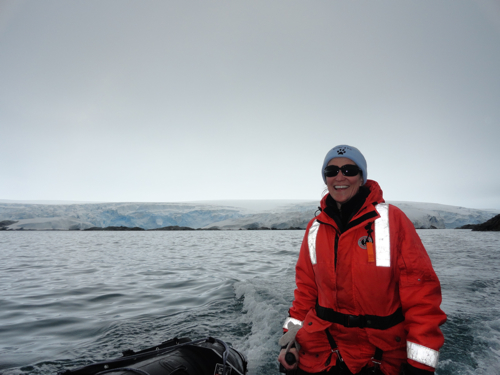
Once we get back to the dock, we unload the boat (SCUBASelf Contained Underwater Breathing Apparatus tanks are heavy!) and the scientists take care of sorting their samples in the aquarium. For the past 2 days, the divers have been primarily collecting algae, snails and limpets. The people who haven't been on the boat or diving have stayed back at the lab to work on setting up the Aqua Medic table that I mentioned in my 2-19-2012 journal. That's the big piece of equipment which will house all of the microcosms for the ocean acidification experiment.
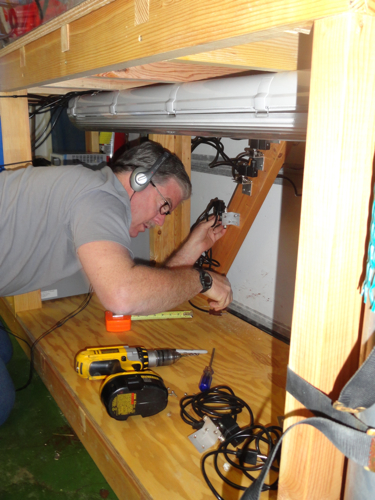
I have a great deal of admiration for this team of scientists. Being out on the water is tiring and I imagine diving in such cold water is even more draining. When we get back to the station, the work isn't done- sorting and lab work are still necessary. This all takes dedication and a strong work ethic. I am very fortunate to be here with such amazing folks.
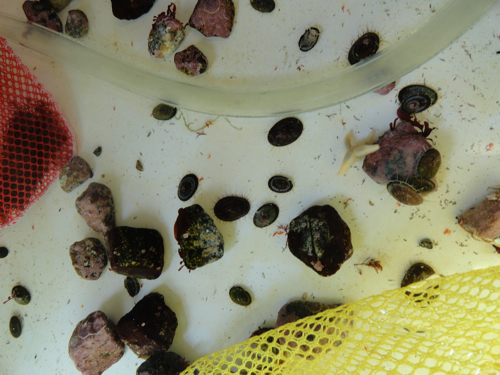
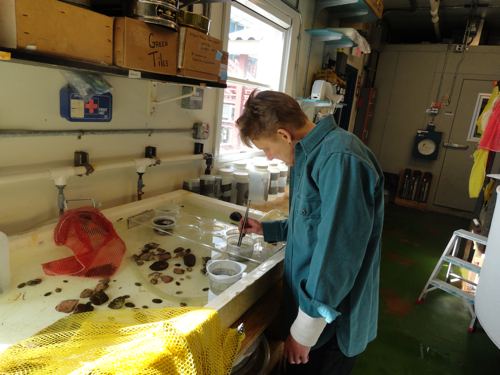
The things we see while out on the water are also fantastic; yesterday I saw a group of southern elephant seals hauled out on some rocks near where Dr. Amsler and Kate were diving. The view of the mountains on the western Antarctic peninsula from the water is also gorgeous.
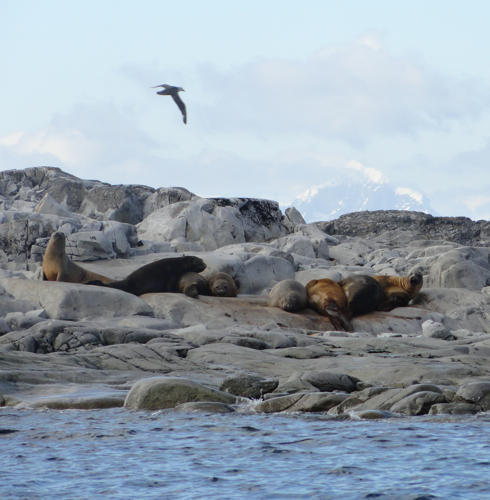
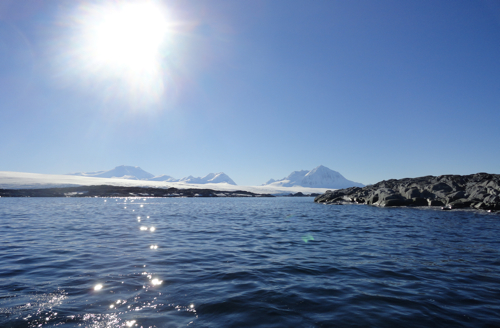
I know I will sleep well tonight!
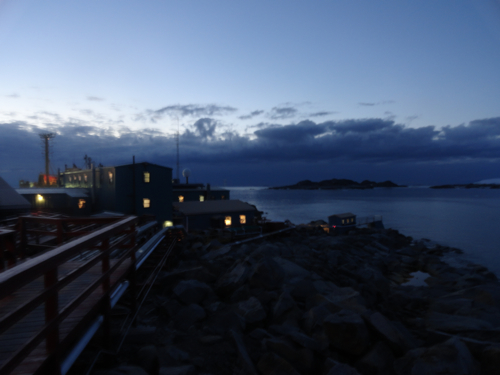


Comments